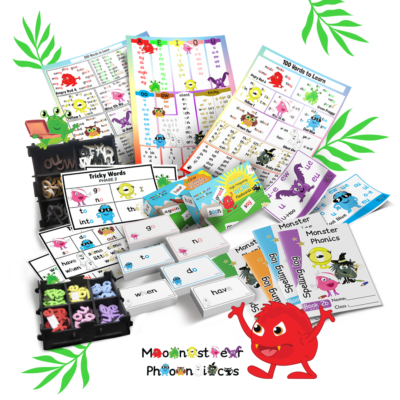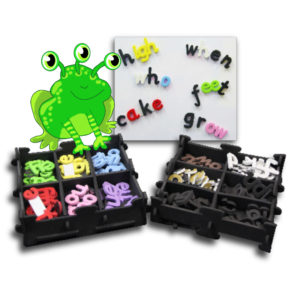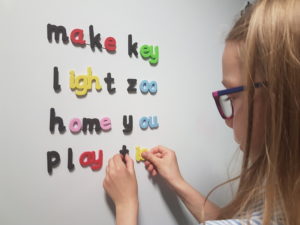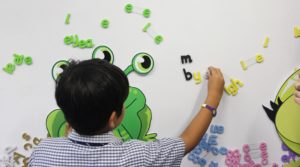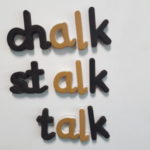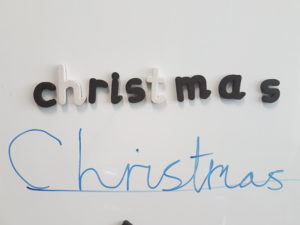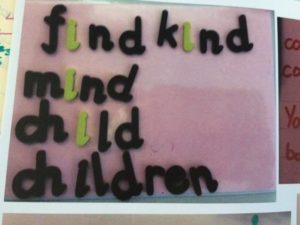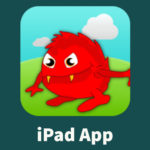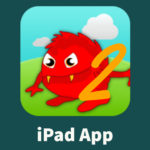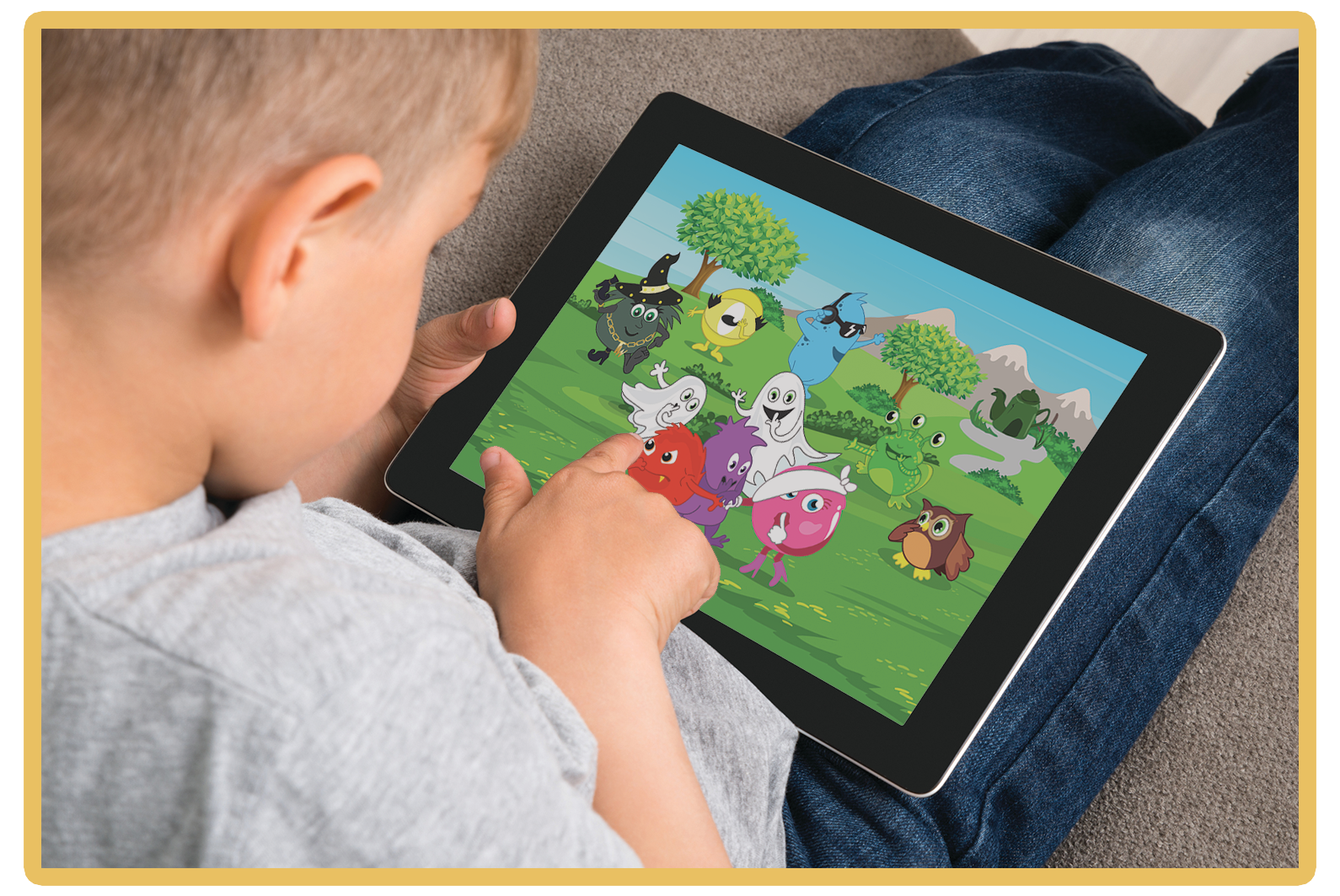
Supporting your child in learning to read should be a fun and engaging experience. Using multisensory books and activities will keep interest high and make the home learning a success.
Here are some activities to try at home. You can make many of the resources yourselves. Of course, that is what we have a great passion for – Monster Phonics makes learning engaging and improves progress! We make sets of resources for parents. See our new deluxe set of resources and many more in our shop.
Join one of our parent webinars on phonics for more.
Reading
Monster Phonics books are loved by children. This is actually quite unusual, as decodable readers can lose the pleasure of reading. You may choose to buy just a stage of the books. Non-fiction books are now available to order too. If your school has an Monster Phonics eBooks subscription, then they can read all of the eBooks at home for free. We have 10 sample eBooks for you to enjoy.
It is important to read engaging stories and non-fiction books that include all the phonics keywords for a particular grapheme (spelling). This helps children to remember all the words that are spelt this way. Ask your child if they can retell you the story. Can they tell you all of the phonics keywords too? Maybe they can write some on large pieces of paper in colour-code. You can make this fun by using pastels, markers or paints.
Flashcards
There are hundreds of flashcard games to play.
Monster Phonics sell flashcards for every aspect of phonics and spelling. You can buy our bumper set or our smaller sets that focus on 100 high-frequency words, 200 high-frequency words and common exception (tricky) words. They have the colour-coded word on one side and plain black text on the other. Don’t forget to use these to display words that your child has managed to secure. This is a great way of revising their learning and instilling confidence and pride. Have some wall space free in your home or classroom to show off success.

Toys
Make phonics fun and real by using toys that represent sound. You can then ask your child to say the sound and use this when reading flashcards in the flashcards games or when building words out of magnetic letters. Monster Phonics sell whole sets of toys or in sets of 3 to help you to select your child’s favourites.
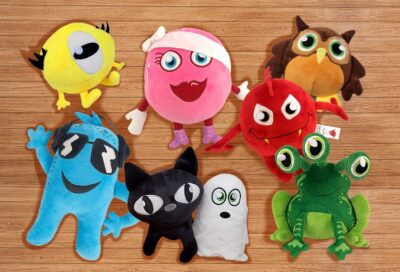
Magnetic letters
Building words by holding, touching and moving physical letters is another way to employ multiple senses.
1. Moving and Exchanging Letters
Words can be built and then altered by one letter to create another word. This way, memory links for particular words and how words relate to each other words is formed.
2. Using the Sense of Touch
Ask your child to build a word out of magnetic letters. Then ask them to close their eyes and (starting at the beginning of the word) feel each magnetic letter in turn, saying the letter name out loud. Repeat this step a couple of times. Now ask your child to spell the whole word out loud. Repeat again once or twice. Finally, ask them to write down the word.
3. Missing Letters
After learning to spell a word, to consolidate or check this spelling, try removing one letter from the word and ask your child to find out which one is missing.
Magnetic letters are NOT horizontally reversible, which makes them a great tool for teaching dyslexic learners, who may confuse letters for their reversed counterparts (e.g. d, b, p, q).
4. Highlighting silent letters.
5. Highlighting patterns in words and pointing our exceptions to the rule.
The Art of Learning to Spell
Learning using the Monster Phonics colour-coding is easier and more fun. Read further information on how colour-coding accelerates learning.
1. Using a variety of media to learn spellings in colour-code.
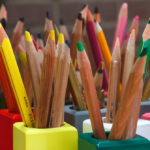
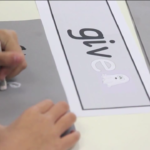
a) iPad apps – painting/drawing /scribbling/cursive apps
The beauty of these is the ease with which children can write and the amazing visual impact possible on screen. There is no need to worry about pencil grip. Your child can focus on the way the word in formed in the joined script, writing over and over again in different colour.
b) Painting
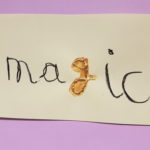
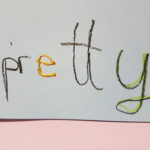
Try finger painting or the hand-held markers to paints as these also allow children to focus entirely on the hand movements and kinaesthetic flow of writing rather and prevent energy being wasted on the effort to maintain a correct pencil grip. Different sized paint brushes and painting tools like rollers to vary things up a little. Fluorescent, 3D and glitter paints can add some fun.
c) Pastels

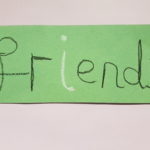
Oil-based pastels can create strong visual lines to create dramatic effects. They feel so wonderful to write with as pastels glide effortlessly along the page. I really recommend using these.
d) Whiteboard pens and whiteboard or Chunky Chalks and Blackboard
Again, these may be more comfortable to hold and provide a better grip than a pencil and also flow easily. New whiteboard and chalk colours are available to make this more interesting. Drawing on whiteboards can be combined easily with magnetic letters and plasticine.
2. Repeated writing of words in the joined script can help children to recall the muscle movements involved in the writing of the word. This not only supports writing but also word recognition.
Building Words
1. Playdough
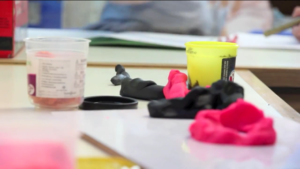
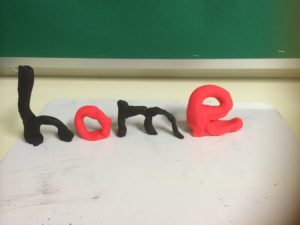
Some children have greater success in learning whole words in 3D by ‘building’ playdough 3D words. Choose a variety of colours to make this more fun. The sense of smell can be added to the multisensory diet by including a flavouring such as vanilla or peppermint (but obviously not to eat – smell only) to homemade play dough. The 3D shapes can lie together, flat on the page or if built strong enough, they can stand upwards. To have even more fun with this, letters can be made into characters.
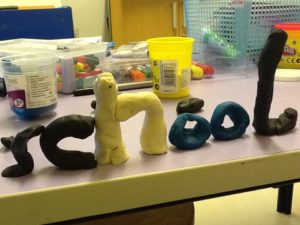
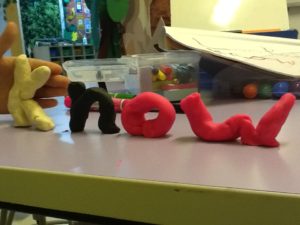
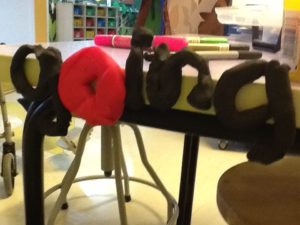
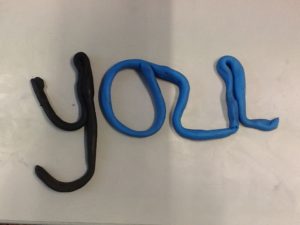
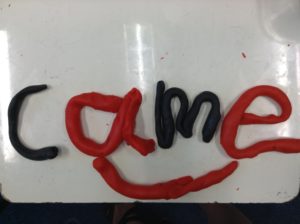
Colour-coding helps to identify the key aspects of each word – blue ‘oo’ sound, pink long O sound and red long A sound. Notice the silent ‘h’ and ‘k’.
2. Salt Dough
Salt dough can be used for as long as required. If you would like to make the letters permanent, cook them in the oven, for 3 hours on a low heat so that they don’t burn. Better still, try a microwave recipe that cooks in only 3 minutes. To finish the process, your child can paint the letters in the most interesting ways and finally practice building the word. This is a fantastic way of memorising the letters used – so many actions and senses employed.
Songs
Sing along to songs that contain a particular grapheme (spelling). This is especially helpful when there is no rule to associate a particular grapheme with the words that use it. For example, why should name use a-e and rain use ai? We also use this strategy in Monster Phonics with great success.
Spelling Log Books
Monster Phonics Spelling Log Books are an ideal way to help your child learn to read and spell. Each book uses colour-coding for sound to accelerate learning and make it enjoyable. They cover all graphemes, high-frequency words and common exception words.
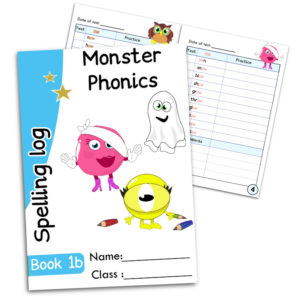
Apps and Online Games
The best games and activities are multisensory, involving action and rewarding auditory and visual stimulus. However, it is important to remember that it is another type of multisensory activity, which ideally should be part of a wider multisensory learning diet.
Learn more about the monsters, their sounds and spellings in this video.

